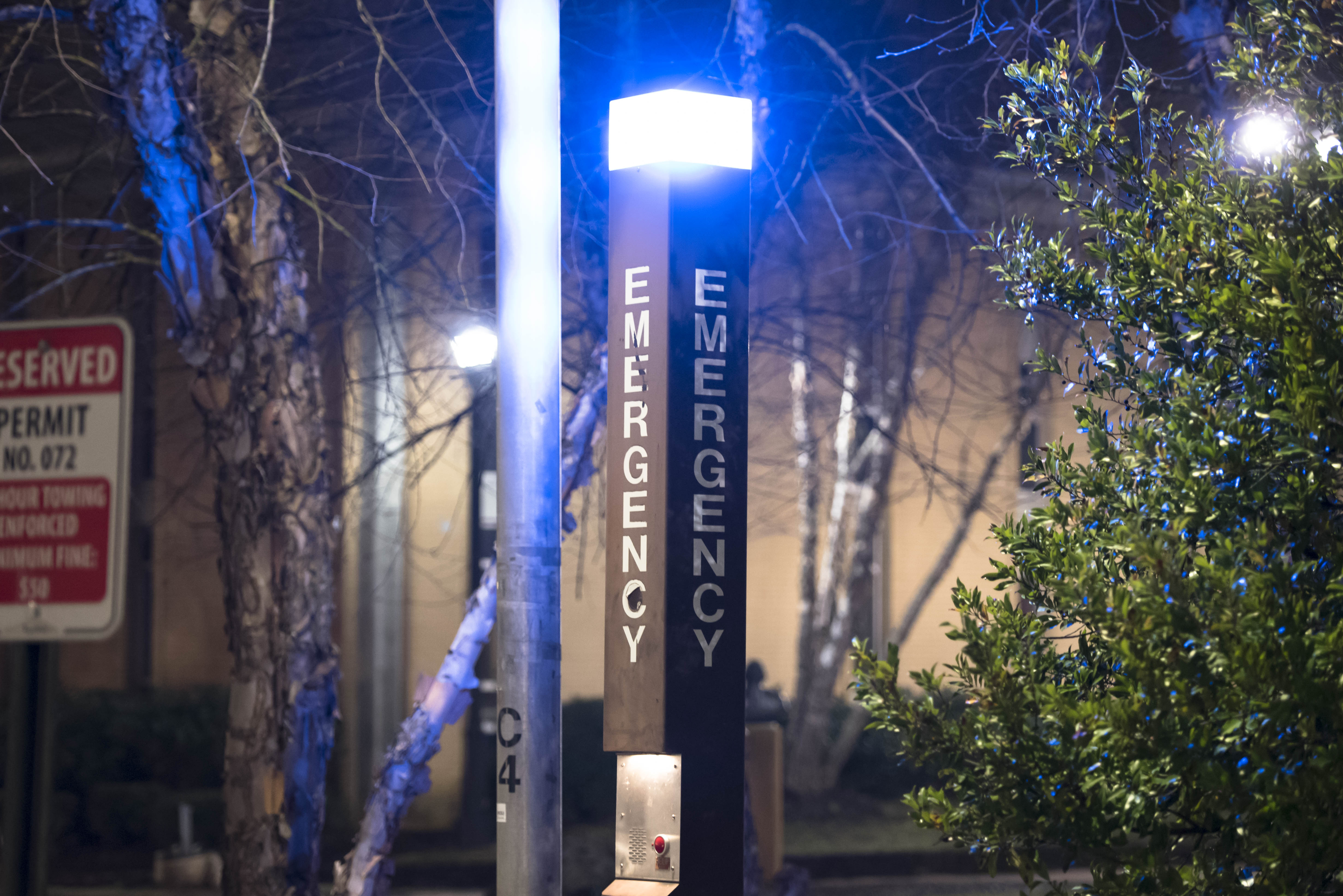The delineation between the purposes of K-Cash and dining dollars has become arbitrary and inconvenient, and, in light of changing services and patterns of use, it’s time that Kennesaw State considers streamlining their e-wallet systems.
Creating avenues for easy, accessible payment services on campus means that KSU must account for how students and parents interact with and utilize electronic wallets and allowances. K-Cash and dining dollars are, in theory, separate systems for separate needs, but as the utility of the two systems begins to overlap, the logic of having two separate funds begins to unravel into inconvenience.
Dining dollars make sense as an e-wallet system. You have allotted funds with which you can buy food from campus eateries such as Starbucks, Chick-fil-a and Panda Express. The purpose of the separate systems is to allow parents and students to be exact with their budgets and differentiate between various types of purchases. This makes allocating and visualizing one’s lunch money convenient and easy, especially with the added accessibility of linking the account to our student IDs.
The function and design of K-Cash, however, is vaguer. With K-Cash, a student can use another digital wallet to purchase books, obtain various school supplies, print on campus — and buy food?
With the opening of the quick shop market in the Carmichael student center, K-Cash is now a viable option for buying a quick snack while you pick up some cold medicine and a new notebook for class. Students can also use K-Cash to pick up a burger across the street or order a sandwich and chips from Jimmy John’s.
Now, K-Cash is beginning to edge in on the same role that dining dollars was made to fill. Beyond that, some on-campus eateries take K-Cash as well, including the Starbucks in the Social Sciences building. So, if both K-Cash and dining dollars are overlapping with one another and fulfilling near similar functions for students, why are they separate entities at all?
“As a student, I don’t think separating them makes a lick of sense, especially if they can buy the same things,” said Tommy Aikon, a senior English major at KSU. “It makes more sense to consolidate them into one.”
The problem is, K-Cash is not advertised or signaled to parents effectively. Students aren’t using K-Cash to buy books or art supplies at the store, and they load cash into the machines in the student center to print papers in the library. They aren’t utilizing it for the new food options either since they can just use their debit cards or the cash they already have on hand.
At this point, the delineation of dining dollars and K-Cash is more of a nuisance than a benefit. It would be far simpler to combine the electronic payment systems into one program that covers purchases across campus — one preloaded wallet for on-campus goods, food and school supplies.
The combination would streamline the process for students and parents alike, taking out the necessity of juggling one account for food and one account for printing or other purchases. The simplified system would also be easier to use and understand for parents especially, who likely have no idea what a student will need K-Cash for.
Streamlining the cash systems would make using ID linked e-wallets less of a hassle and much more user-friendly. The point of both systems is to make financial allowances simple, so it makes sense to simplify these systems for the users.
It’s time to do away with unnecessary sub-services and make campus purchases as no-nonsense as possible. Merging the dining dollars and K-Cash options is a good step in that direction and would be a great relief to everyone using these systems.



